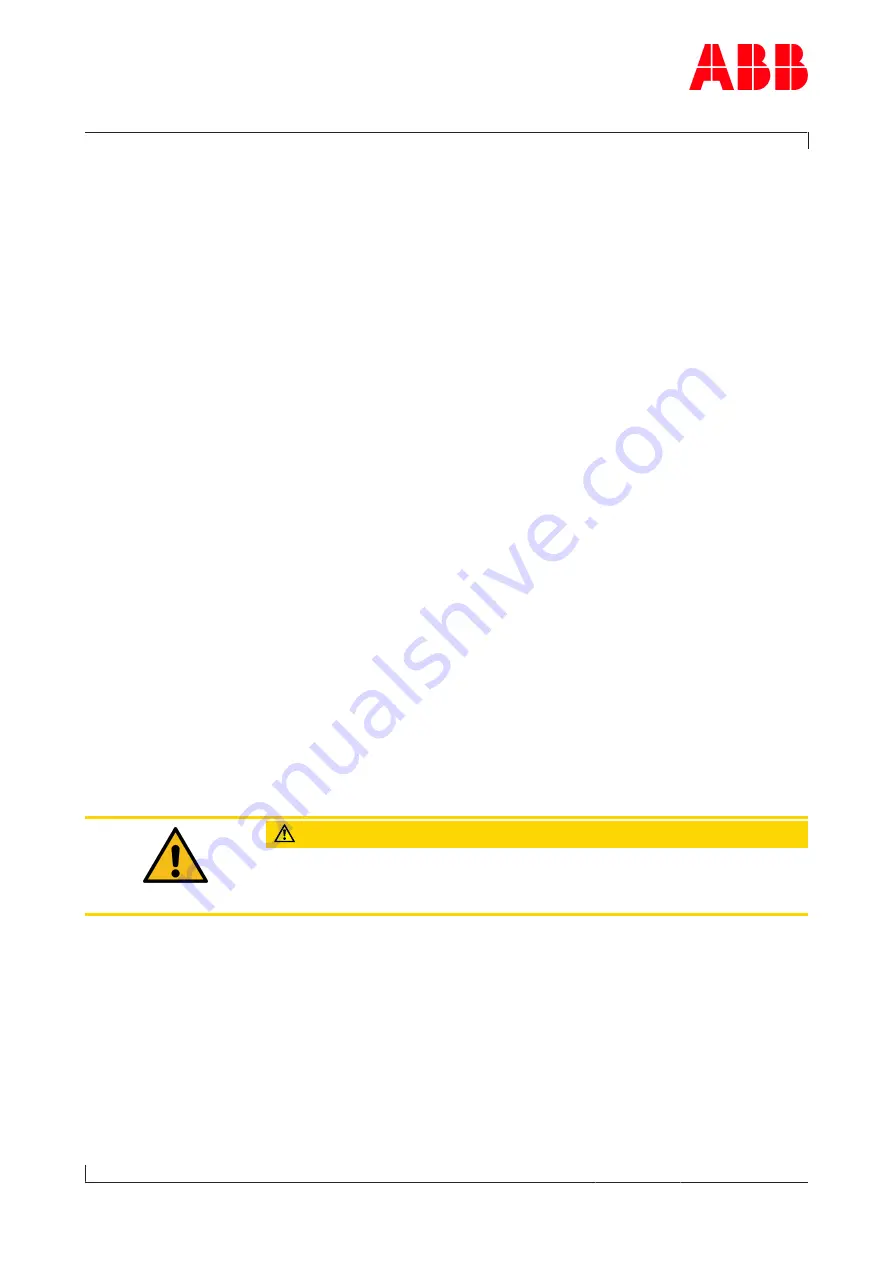
Operation Manual / TPL76-C
9 Taking out of operation at short notice / 9.2 Locking the rotor
© Copyright 2017 . All rights reserved.
HZTL2485_EN
Revision E
July 2017
Further measures and information for operation with blocked rotor
for 4-stroke engines
4-stroke engine with one turbocharger
No further measures are necessary. The engine can be operated as a nat-
urally-aspirated engine according to the engine builder's instructions.
4-stroke engine with several turbochargers
Separate receivers
No further measures are necessary on engines with separate air and ex-
haust gas receivers. The engine can be operated as a naturally-aspirated
engine according to the engine builder's instructions.
Common air receiver
If the engine is equipped with a common air receiver and separate ex-
haust gas receivers, the bellows at the compressor outlet of the dam-
aged turbocharger must be removed and the air duct on the engine side
must be closed off. If this is not done, the undamaged turbocharger can
race under no load and run at overspeed.
Depending on the engine turbocharging system, more or less powerful
pulses from the exhaust gas system act on the locked rotor. The locking
device is then heavily stressed, particularly in the case of pulse charging
(turbine casing with more than one gas inlet). With this in mind, the fol-
lowing operating limits should not be exceeded:
¡
In systems similar to those with constant pressure (1 gas inlet), the
engine can be operated up to a maximum of 25% engine load. The
pressure in the charge air receiver must not exceed
0.9 bar
overpres-
sure.
¡
In the case of pulse charging (2...4 gas inlets), the engine can be oper-
ated up to a maximum of 20% engine load. The pressure in the
charge air receiver must not exceed
0.5 bar
overpressure.
CAUTION
Attention must always be paid to the speed of the undamaged tur-
bocharger. The speed limit n
Bmax
given on the rating plate must not be
exceeded.
Page
122
/
133













































